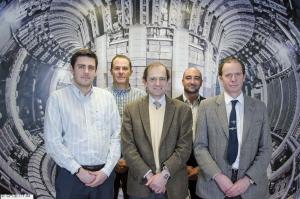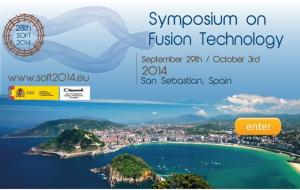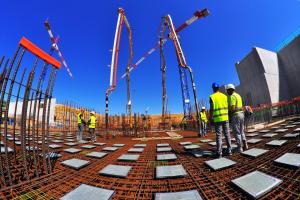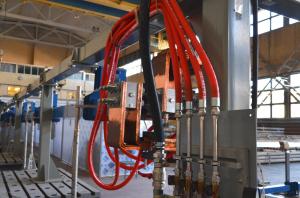What’s New
30 June 2014
ITER news digest for the period of 23 June 2014 to 30 June 2014.

"Very helpful for all of humanity"

Report urges Alberta to prepare for fusion energy
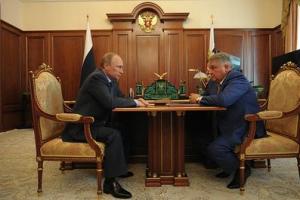
V. Putin talks with Kurchatov's director M. Kovalchuk


